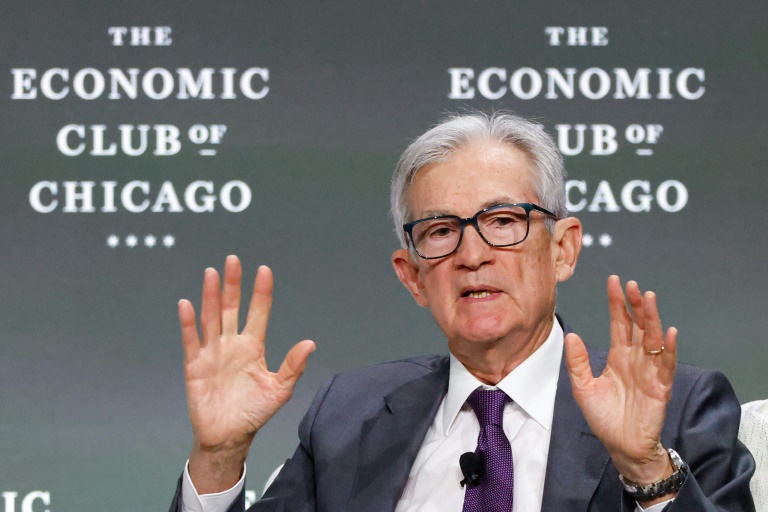The payments industry is no stranger to disruption. But it has long had the same strategy for it: rely on the key foundations of trust, transparency and interoperability.That framework is increasingly being brought to bear on stablecoins, the fiat-pegged digital assets that are emerging as the potential killer app for blockchains in 2025.
Despite their initial skepticism of digital assets, banks and fintechs are now exploring stablecoins not just as a curiosity but as a strategic opportunity. With the news this week that Visa is reportedly joining the Global Dollar Network (USDG) stablecoin consortium, it’s becoming more clear that the rails beneath the payment experience are evolving amid a broader shift among payment incumbents and end-users alike.Some of the world’s biggest players in finance and payments are moving from skepticism to engagement, guided by a set of evolving priorities designed to balance innovation with institutional-grade rigor.

While opinions can diverge on regulation and implementation, the triad of trust, transparency and interoperability appear to be three key things the payment landscape seems to agree on when it comes to how financial institutions engage with the digital economy. Read also: Why Stablecoins Are Stuck at the Acceptance HurdleStablecoins Eye Transition from Speculation to InfrastructureStablecoins represent the first category of digital assets that traditional financial institutions are beginning to align with, but the first hurdle to institutional adoption has always been compliance. Financial institutions operate under tight regulatory scrutiny, and any stablecoin they touch must offer clarity around know your customer (KYC), anti-money laundering (AML) and transaction monitoring.
For stablecoin issuers, this can include tactics such as embedding on-chain identity verification mechanisms, providing standardized audit procedures and building out jurisdiction-specific compliance models that mirror the rigor of traditional banking.Trust also begins with transparency around reserve composition. After the collapse of TerraUSD in 2022, the market learned that algorithmic stability models are fragile.
Institutional interest today is more so focused on fully reserved stablecoins, where every digital dollar is backed by a real-world dollar or liquid asset.That transparency is crucial. The PYMNTS Intelligence report “Blockchain’s Benefits for Regulated Industries” found that blockchain technology has numerous potential benefits to serve the unique needs of regulated industries, including finance.
See more: The CFO and Treasurer’s Guide to Digital AssetsCompliance and Regulation a Double-Edged SwordOf course, while stablecoins have started to decouple themselves from crypto exchanges and position themselves as a component of real-world financial infrastructure, as PYMNTS reported in March, they are still without a comprehensive federal-level framework in the U.S. The U.
S. Congress has floated a half-dozen bills on stablecoin oversight, but none have passed. This leaves nearly everyone in the payments ecosystem, from DeFi founders to Wall Street executives, playing the same waiting game: what will U.
S. regulation look like?And while that uncertainty hasn’t stopped FinTech companies, including Visa, PayPal, Revolut and Stripe, from exploring stablecoin integrations to enhance their cross-border payment services, it has given other ecosystem stakeholders pause.The creation of a federal framework governing stablecoins is important for industry confidence, Chainalysis Co-founder and CEO Jonathan Levin said in an interview with PYMNTS CEO Karen Webster published Monday (April 7).
“Without a federal framework, it is incredibly difficult for financial services firms and international enterprises to really get comfortable in using stablecoins at scale,” Levin said. No serious player wants to operate in the gray area, after all. Ultimately, if stablecoins are to reach their potential in payments, they must move seamlessly across platforms, network and use cases.
For this to happen, partnerships between FinTechs, banks, regulators and tech providers will be crucial. That’s a tall order. Today’s stablecoin landscape is fragmented — not just by issuer or blockchain, but by standards, custodians and programming models.
It’s reminiscent of the early days of mobile payments before QR code standards or NFC norms emerged. Stablecoins are a bridge technology. They tie today’s financial world to a programmable, decentralized future without blowing up the foundations.
And while debates about monetary sovereignty, decentralization and privacy will (and should) continue, the payments industry is finding a rare kind of consensus: Stablecoins are here to stay, but their success depends on compliance, interoperability and institutional adoption. The post 3 Things Payment Stakeholders Can All Agree On About Stablecoins appeared first on PYMNTS.com.
.
Business

3 Things Payment Stakeholders Can All Agree On About Stablecoins

The payments industry is no stranger to disruption. But it has long had the same strategy for it: rely on the key foundations of trust, transparency and interoperability. That framework is increasingly being brought to bear on stablecoins, the fiat-pegged digital assets that are emerging as the potential killer app for blockchains in 2025. Despite [...]The post 3 Things Payment Stakeholders Can All Agree On About Stablecoins appeared first on PYMNTS.com.















